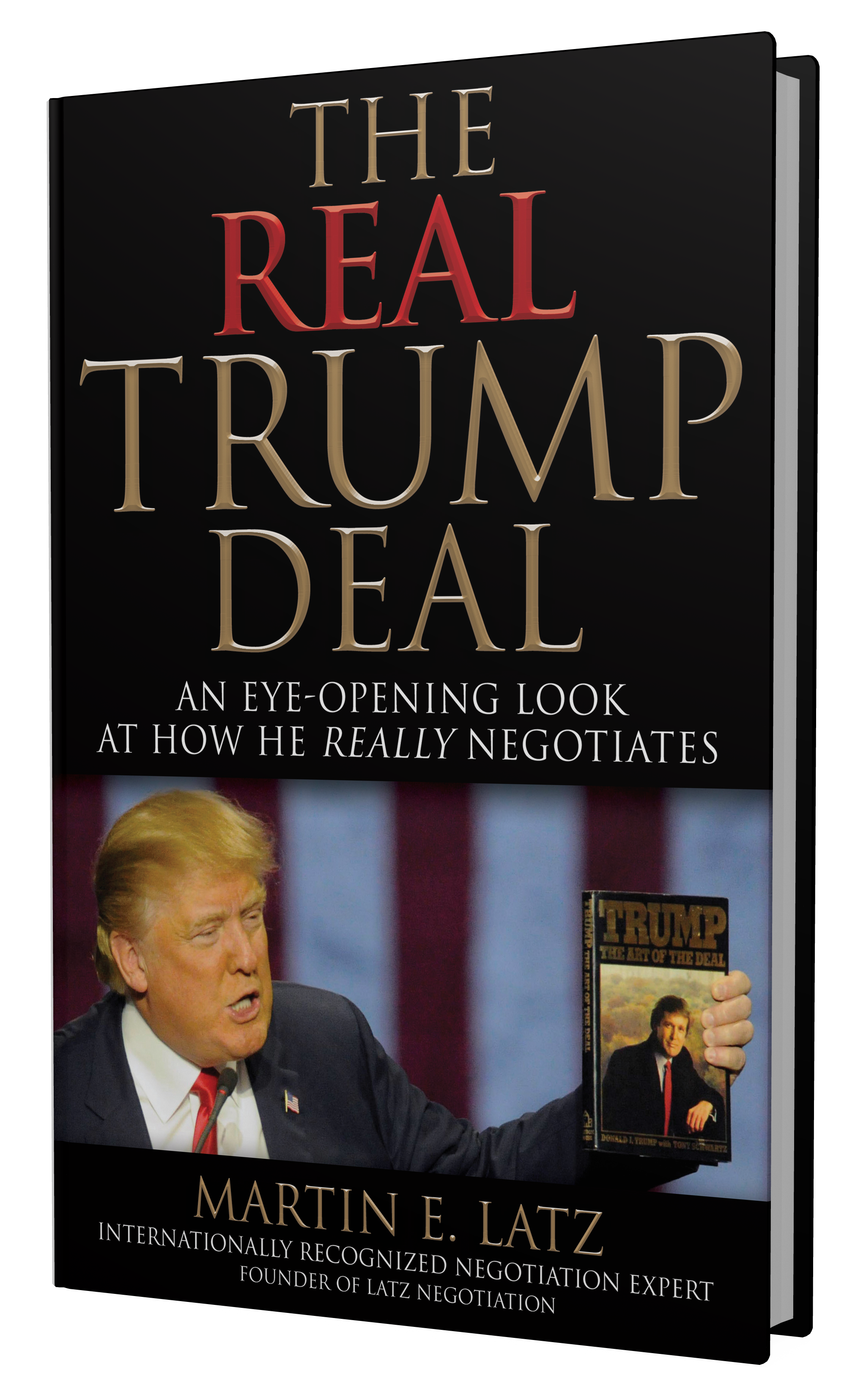Wouldn’t it be great if you could accurately assess whether your counterpart was lying when they said “I have an offer from XYZ Co. that is 10 percent greater than yours, so you will have to put more on the table if you want this deal?” It sure would be nice to determine if they really “don’t have the authority to give that to you?”
Well, there has been some significant research in this lie-detection area, much of it by psychologist Dr. Paul Ekman, the scientific inspiration for the hit TV show “Lie to Me,” with University of California-Hastings Law Professor Clark Freshman researching its application in negotiations.
I recently spoke with Freshman, and here are three of his key tips that will help you smoke out lies in negotiations, plus two of my own.
Freshman emphasized, though, that these “are simply clues to emotions, strained thinking or physiological stress. But people can have these without lying, too.” I should also note that, while this research is solid, its conclusions are somewhat controversial.
So, what should you look and listen for in negotiations?
Evaluate changes in baseline behavior.
According to Freshman, the “easiest trick to learn” is to determine a change in an individual’s baseline. “For example,” he told me, “some people typically talk fast – like I do – and we slow down when we are lying.”
This requires that you first accurately assess the baseline and then listen carefully enough to perceive the change. Many of us don’t really listen at this deeper level. We should.
Find inconsistent verbal and non-verbal messages.
Former U.S. Senator and Presidential Candidate John Edwards strongly denied claims that he fathered a child out of wedlock – what we now know was a lie – but when he said this, he also shrugged. These inconsistent messages – a big verbal denial combined with a non-verbal shrug – is another clue.
Freshman suggested noticing when “a person says yes or no emphatically, but they do a very slight almost imperceptible shrug, often with just one shoulder.”
Analyze their facial microexpressions.
The “biggest payoff,” according to Freshman, is being able to and/or learning to analyze “microexpressions of emotion . . . very precise moves on the face that last between 1/5 and 1/30 of a second. Research shows people show a microexpression of emotion 70 percent of the time when they lie.”
Some individuals almost unconsciously pick up on these involuntary facial microexpressions and have a heightened perception of the disconnect occurring between the person’s words and their face.
Importantly, though, these microexpressions are obvious when slowing down tapes of individuals lying, which Ekman and Freshman have done (see examples at www.PaulEkman.com and www.ClarkFreshman.com).
Research their credibility.
I would add two critical steps. One, research your counterpart’s reputation for trustworthiness and credibility by talking with those who have previously negotiated with them.
There’s no substitute to doing this due diligence, especially as you should also be researching their non-trustworthiness-related styles and strategies too.
Ask probing follow up questions.
Finally, if you sense they’re lying due to any of the above, probe with follow up questions geared to elicit details. If they say they have an alternative offer, ask who it is, when it was made, how much it is for, etc.
Unless they are very accomplished liars and have thought through all the ramifications of their lie (and most are not), your digging for details will likely lead to fumbling, pausing, vague and/or inconsistent answers, uncomfortable behavior like fidgeting, etc. These are more clues that indicate lying.
Published June 9, 2013 The Arizona Republic
* Marty Latz is the founder of Latz Negotiation Institute, a national negotiation training and consulting company that helps individuals and organizations achieve better results with best practices based on the experts’ research. Learn more about negotiation in Marty Latz’s new book, “The Real Trump Deal: An Eye-Opening Look at How He Negotiates.”


